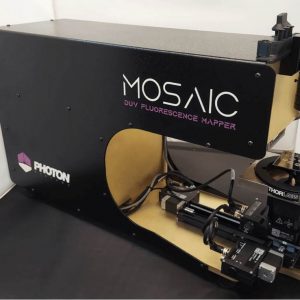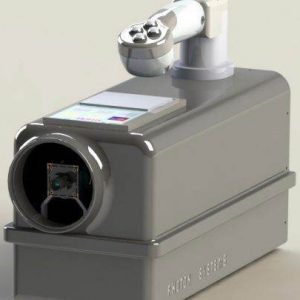- Application description
- Raman spectroscopy
Fingerprint detection and morphology analysis traditionally require the use of additives and taggants, such as Ninhydrin or DFO, to increase the contrast between the fingerprint and the substrate and to allow the display of defining details. These are then digitally processed and further enhanced to match existing databases.
However, the use of these chemicals means the addition of a contaminant to the crime scene. In addition to processing, it complicates the performance of postchemical analyzes that could provide insight into any illicit chemicals that may be present in connection with the fingerprint.
Therefore, the main challenge in this field is to develop non-contact, non-invasive and non-destructive methods. The fingerprint is not always well preserved. They are often damaged by exposure to heat, sunlight, oxidation or other environmental effects. While the use of additional chemicals may further impair fingerprints, DUV fluorescence imaging is not tied to a specific chemical and is therefore significantly more tolerant of environmental influences.
As with conventional samples, DUV autofluorescence provides a lot of information on chemical composition. In addition, with DUV laser excitation, you can use the DUV Raman spectroscopy method for further chemical characterization of the fingerprint.
DUV autofluorescence is most sensitive to aromatic structures, such as aromatic amino acids (tryptophan, tyrosine, phenylalanine), which are found in most proteins and as free amino acids in eukaryotic and prokaryotic cells. In addition, it is highly sensitive to simple and polyaromatic hydrocarbons (benzene, naphthalene, anthracene, etc.) and various thermally altered forms of carbon (coal, diesel soot, etc.).


